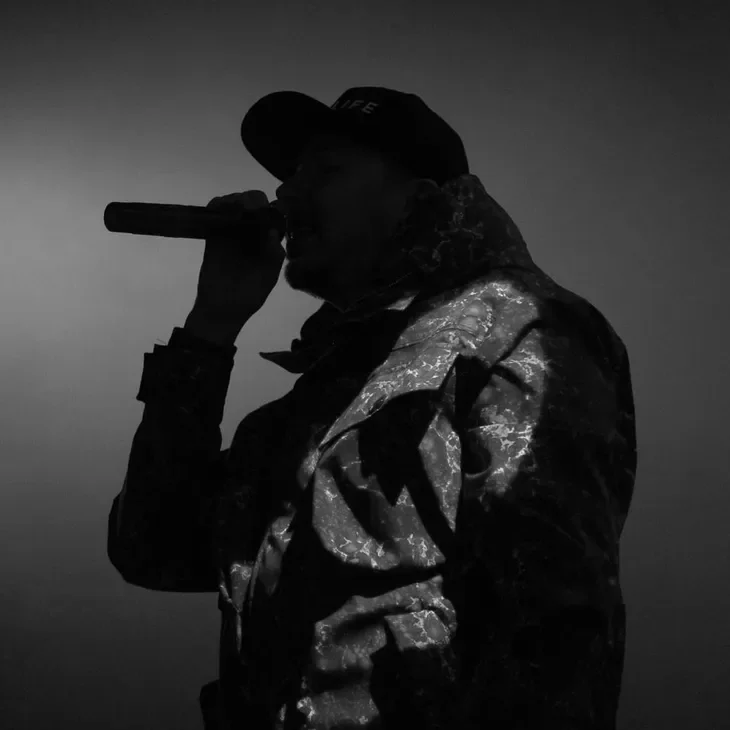
ABOUT CANADIAN BLACK LITERARY ARTS
-

Children's
Children's literature consists of creative works, which often include illustrations, that are typically written to entertain or educate children. It is usually classified by the age and/or reading level of the children to whom the work will appeal, and by genre (i.e., fables, folk tales, etc).
Popular Black Canadian writers include: Shauntay Grant, Ayana Francis, Zetta Elliott, Yolanda T. Marshall, Nadia L. Hohn
-

Drama: Stage & Screen
Scriptwriters use their words to create performances that involve conflict, emotions, and the portrayal of human experiences through dialogue and action. They typically present stories or situations to engage audiences and evoke reactions such as tension, excitement, or empathy.
Standout Black Canadian scriptwriters include: Trey Anthony, Robert Adetuyi, Djanet Sears, Andrew Moodie, Joseph Jomo Pierre
-

Dub
Dub poetry incorporates a music beat, often a reggae beat. Usually, but not always, the artists' creative works are accompanied by music and written in the language of the island (Jamaican Creole). Dub poetry is often politically focused, attacking oppression and injustice.
Influential African Canadian dub artists include: Afua Cooper, Lillian Allen, Clifton Joseph, d'bi.young anitafrika
-

Fiction
Fiction describes writing that is imaginary or invented; and generally refers regarding creative works written in prose or ordinary language that does not follow a meter, as in poetry. Fictional narratives can be shared in the form of novels, short stories, plays, and cinema.
Notable African Canadian novelists include: Esi Edugyan, David Chariandy, Téa Mutonji, André Alexis, Lawrence Hill, Zalika Reid-Benta
-

Nonfiction
Nonfiction is a broad genre of writing that encompasses all books that aren't rooted in a fictional narrative. Nonfiction writing can be based in history and biography, it can be instructional, it can offer commentary and humour, and it can ponder philosophical questions.
Powerful Black Canadian nonfiction writers: Ian Williams, Sheila Murray, Robyn Maynard, Desmond Cole, Rinaldo Walcott
-

Poetry
Poetry relies on multiple forms of figurative language to explore a topic's various hidden meanings. Poetry can rhyme, follow a pattern, or break verses into stanzas of a determined length. However, it does not have to do any of these things to be considered poetry.
Impactful African Canadian poets include: George Elliott Clarke, Dionne Brand, Sylvia D. Hamilton, Tolu Oloruntoba, Canisia Lubrin
-

Rhythm & Poetry (Rap)
Rap is rhythmic, rhyming, original poetry recited over prerecorded instrumental tracks. It evolved in conjunction with the cultural movement called hip-hop. The name "rap" expanded the word's earlier meaning in the Black community—"to discuss or debate informally."
Legendary Black Canadian MCs include: Maestro Fresh Wes, Michee Mee, Kardinal Offishall, Drake, Choclair, k-os, K'naan
-

Spoken Word
Spoken word is a genre in which performers recite their original pieces aloud. It is marked by powerful vocal inflections, spontaneity, and theatrics. More freeform than other literary arts, works can focus on social justice, identity, community, and personal experience.
Well-known African Canadian spoken word artists include: Dwayne Morgan, Britta B., Ian Keteku, El Jones, Randell Adjei
-

Storytelling
Storytelling is the act of telling a story using words or actions that involves an interaction between the storyteller and the listener. The most successful storytellers engage their audience to such an extent that both the storyteller and listener create the story together.
Respected Black Canadian storytellers include: Shayna Jones, Itah Sadu, Dianea Phillips, Bernadette Gabay Dyer
